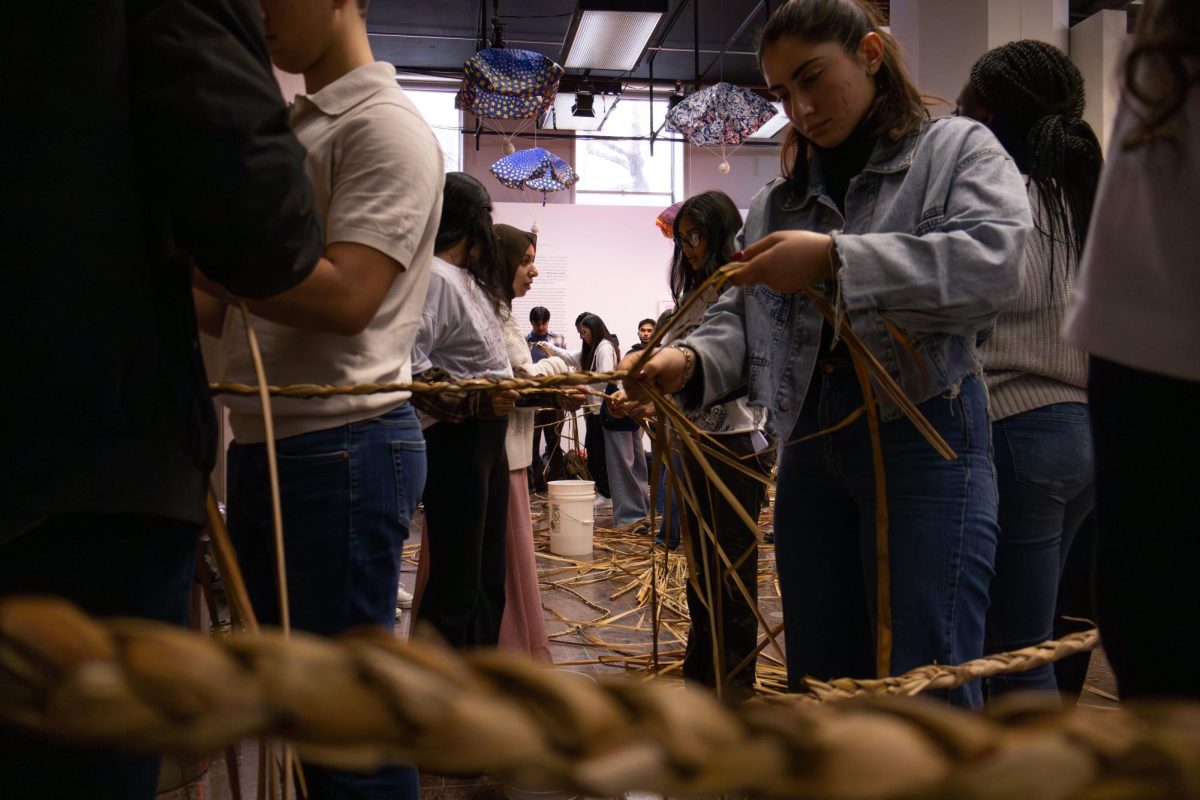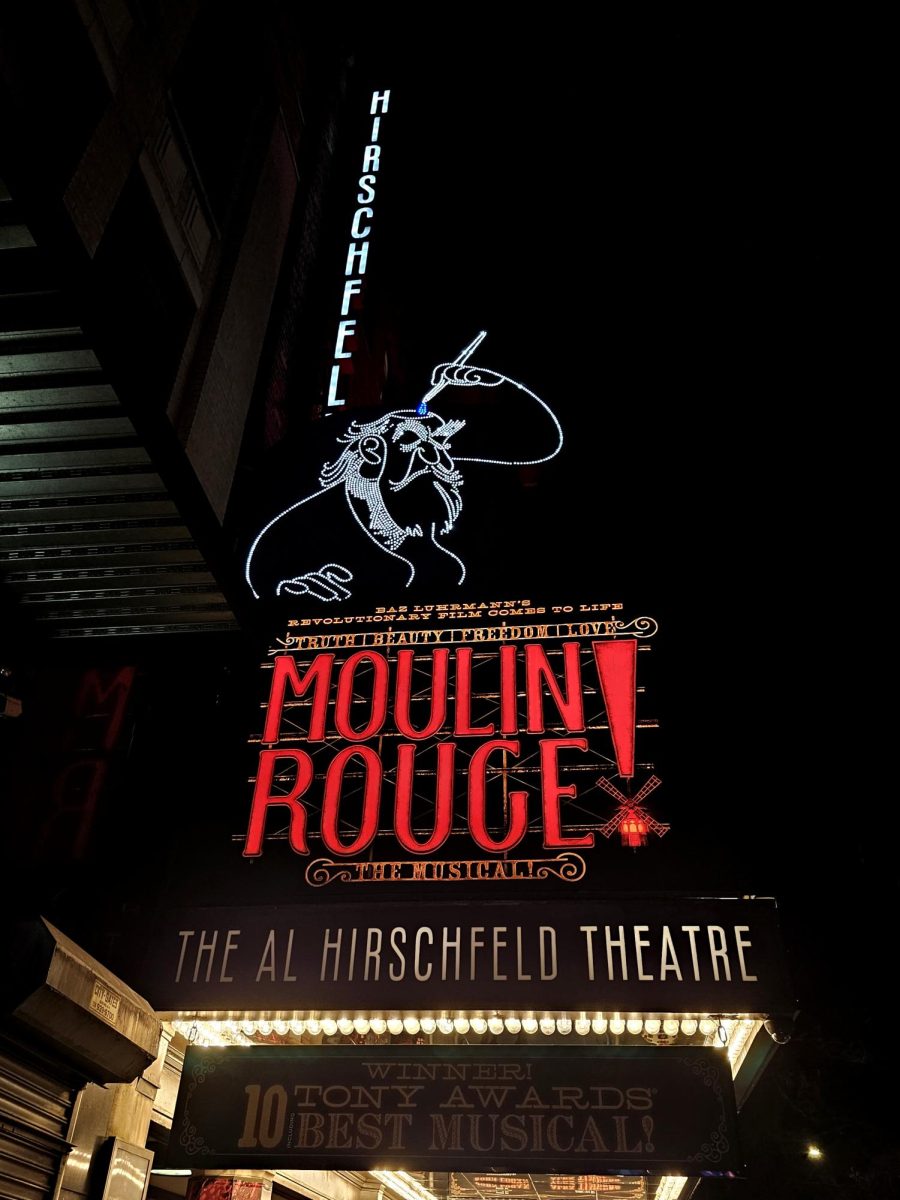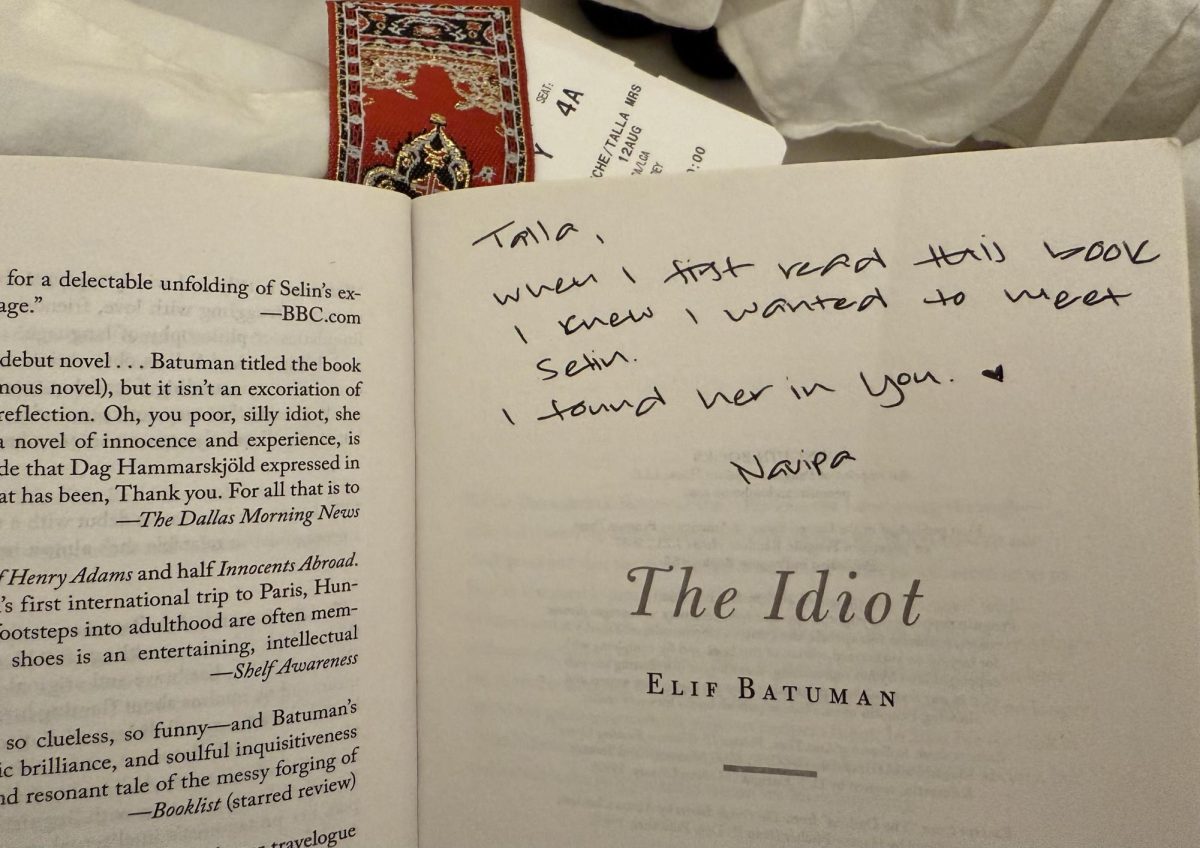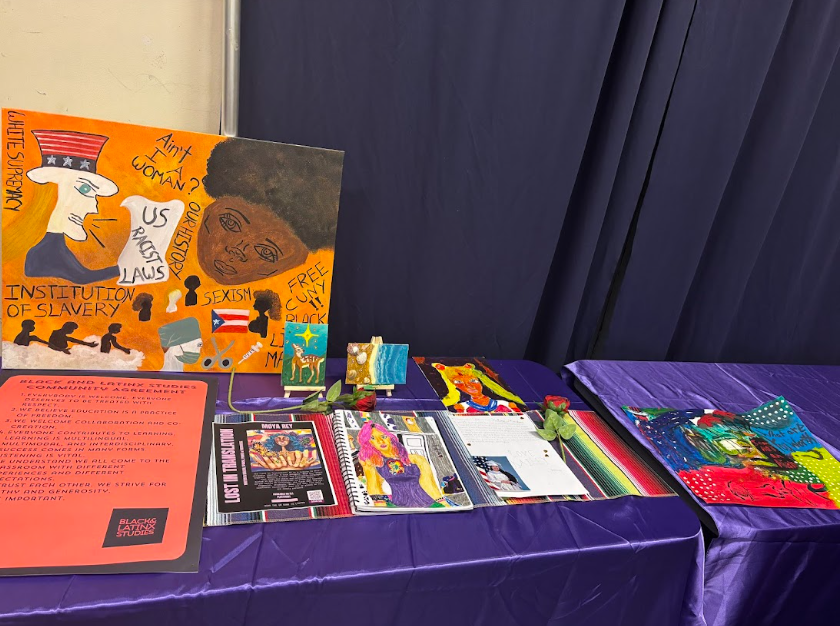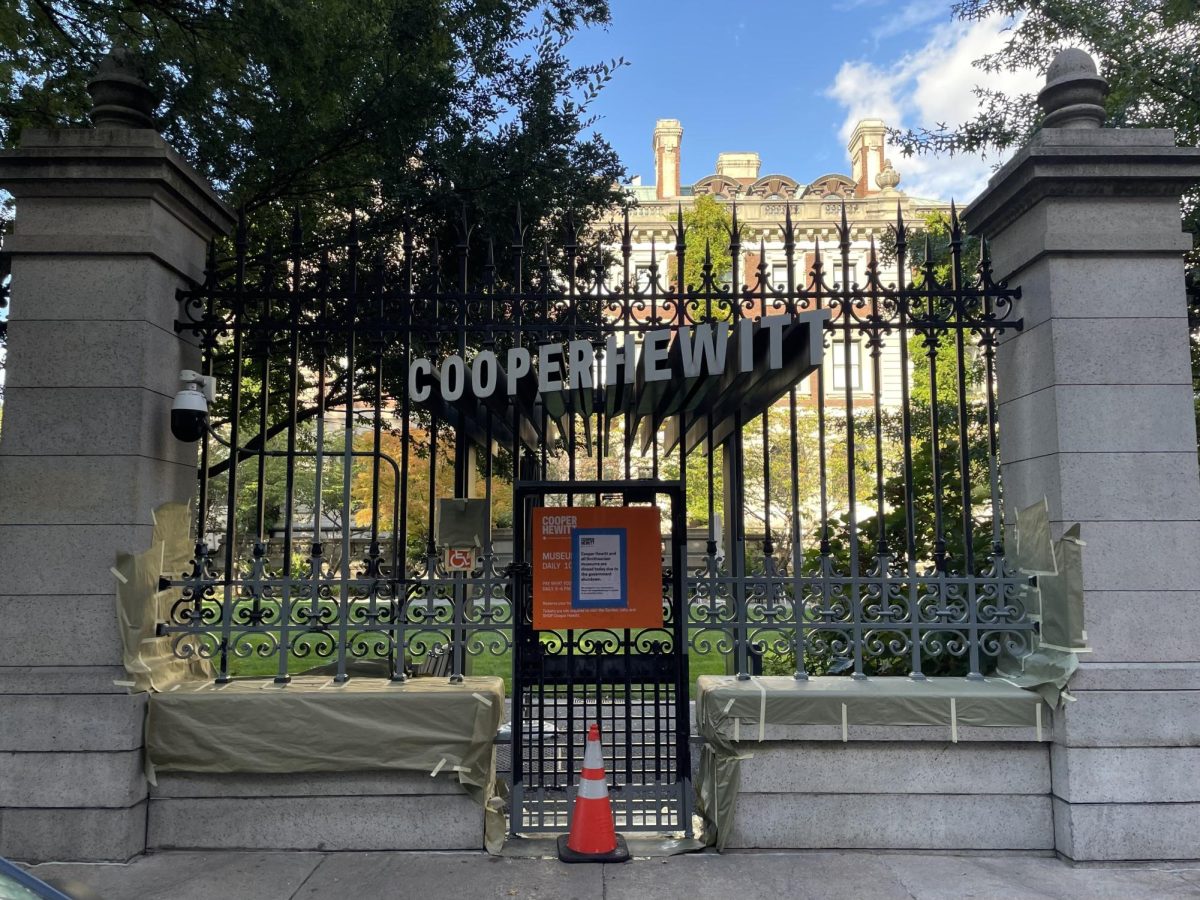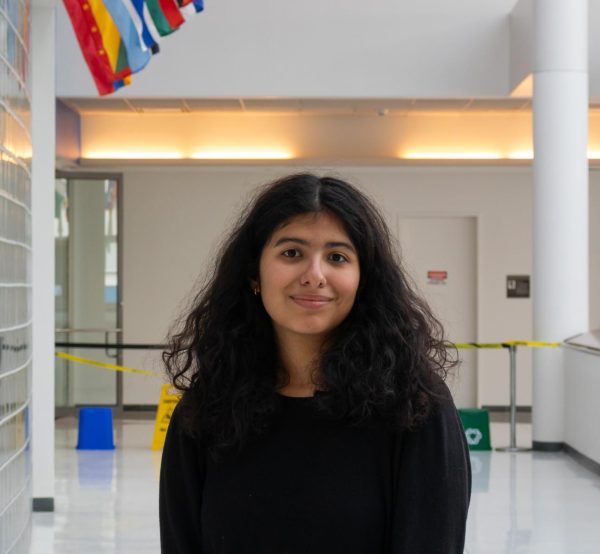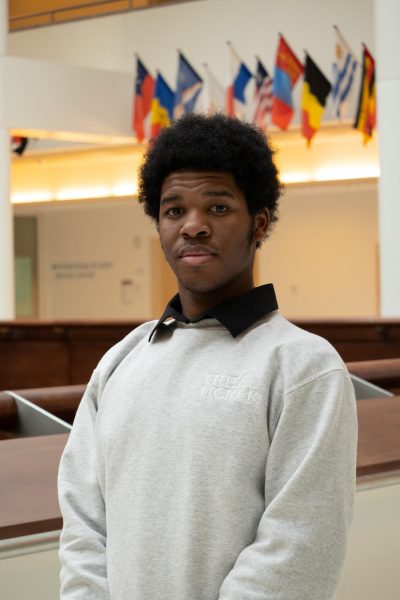Behind the doors of Mishkin Gallery at Baruch College, groups of students gathered on the ground with bunches of cattail plants. The dried reeds rustled and squeaked as students bent and smoothened them out to braid them together.
The effort was part of a collaborative Taino weaving workshop led by Puerto Rican artist Jorge González on Oct. 31.
Manuela Paz, who co-curated the gallery’s current exhibition “We didn’t ask permission, we just did it…” introduced González as an artist who “marr[ies] and mixe[s] traditions to create new [artisanal] knowledge.” His handmade plant fiber mat is also featured in the exhibition.
González learned these traditional weaving from indigenous crafters and has been working with these methods since 2014. He is the founder of Escuela de Oficios, a collective space that preserves artisan techniques through workshops, exhibitions and conversations.
“First of all, first knowledges were taught by knowledge holders, by teachers and crafters,” González said in an interview with The Ticker. “Then we learn the technique, and we cultivated the technique, and from that, it’s organic, to, to pass on and teach.”
The artist explained how the fiber was sourced and why it was used in the workshop.
“We harvested in the waning phase of the moon because the sugars of the plant are low, and that prevents pests coming into the fiber,” he said. “So once you get to harvest this material properly, you put it to dry and then reweld it and the generosity happens. The plant, it’s malleable, it’s flexible.
The two-hour workshop was an exercise in persistence and teamwork. Students tied six firm branches together to make a pair of sandals. Some lightly dipped their branches in water to increase the material’s malleability.
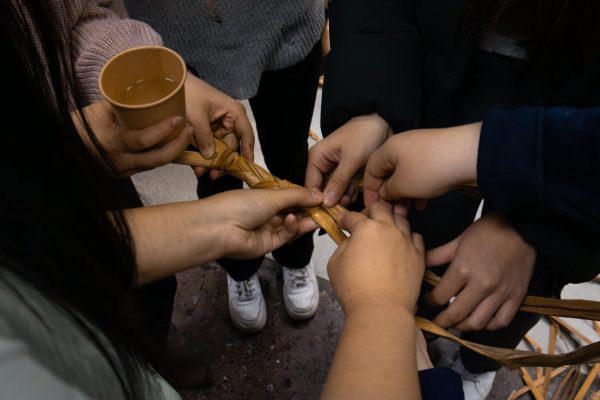
González stressed that the base had to be flat and tight. For some, the process was intuitive; others, not so much.
“The braiding wasn’t that hard; we all basically knew what he had to do,” Jazmine Soberano, a freshman, said in an interview with The Ticker. “The only hard part was that this is very tough material, we had to wet it a lot.”
After the three “brazos,” or branches, were braided and assembled together, students constructed a template by tracing their foot on scrap paper and cutting it out. From there, the paper was used to mold the shape of the braids.
González demonstrated how to wrap the braid around according to the template. He weaved an additional thread to create the straps and pinned it to the sole. He added that using every piece of the material was a “very Taino mentality.”
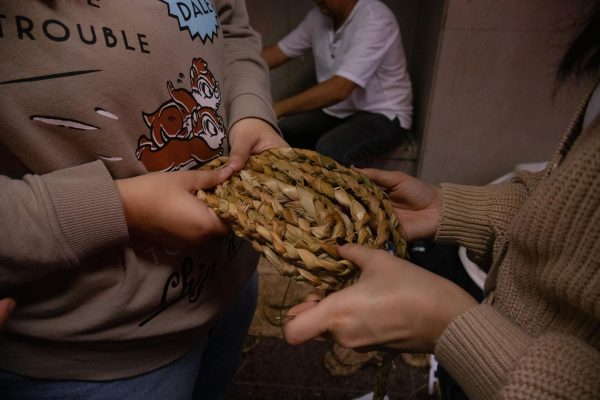
As students finalized their work, writer Jeanette Ozelle recited two love poems from two Salvadorian poets. A few students stayed after the two-hour workshop to finish their sandals.
Mishkin Gallery presented a “community day” with the Black and Latino Studies department and the Center for Puerto Rican Studies on Nov. 14. The gallery extended its hours until 8 p.m. and featured a live musical performance by Joel “Yoyo” Rodriguez Vargas.
“We didn’t ask permission, we just did it…” will be on display through Dec. 8. The exhibition is a recreation of three influential mini-exhibitions that innovated the Puerto Rican art scene.


